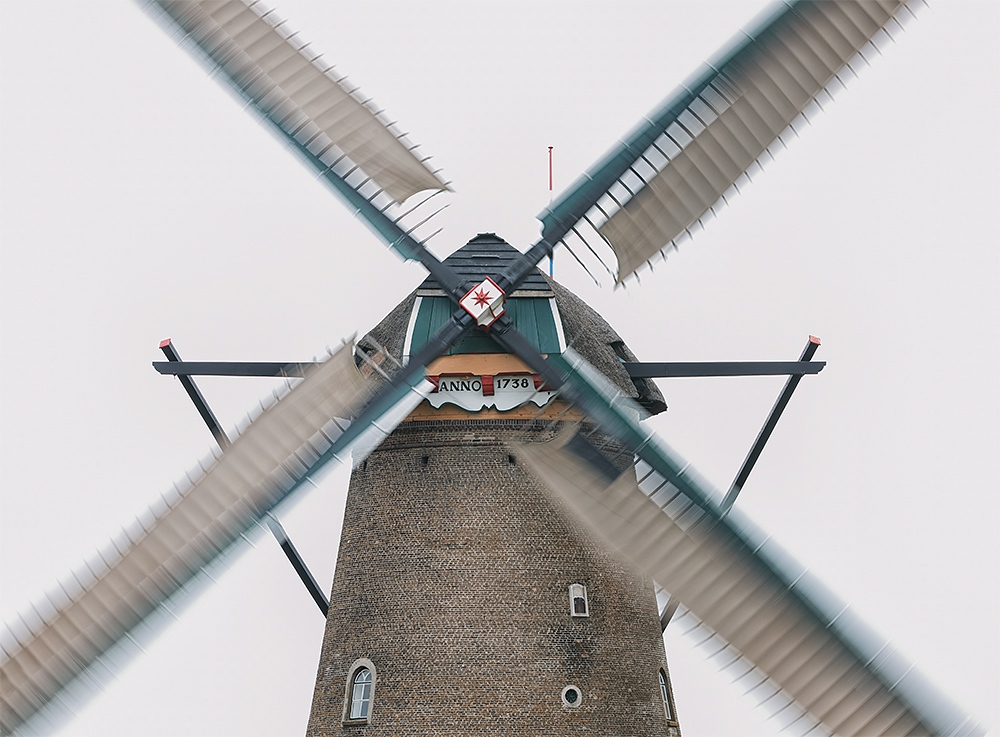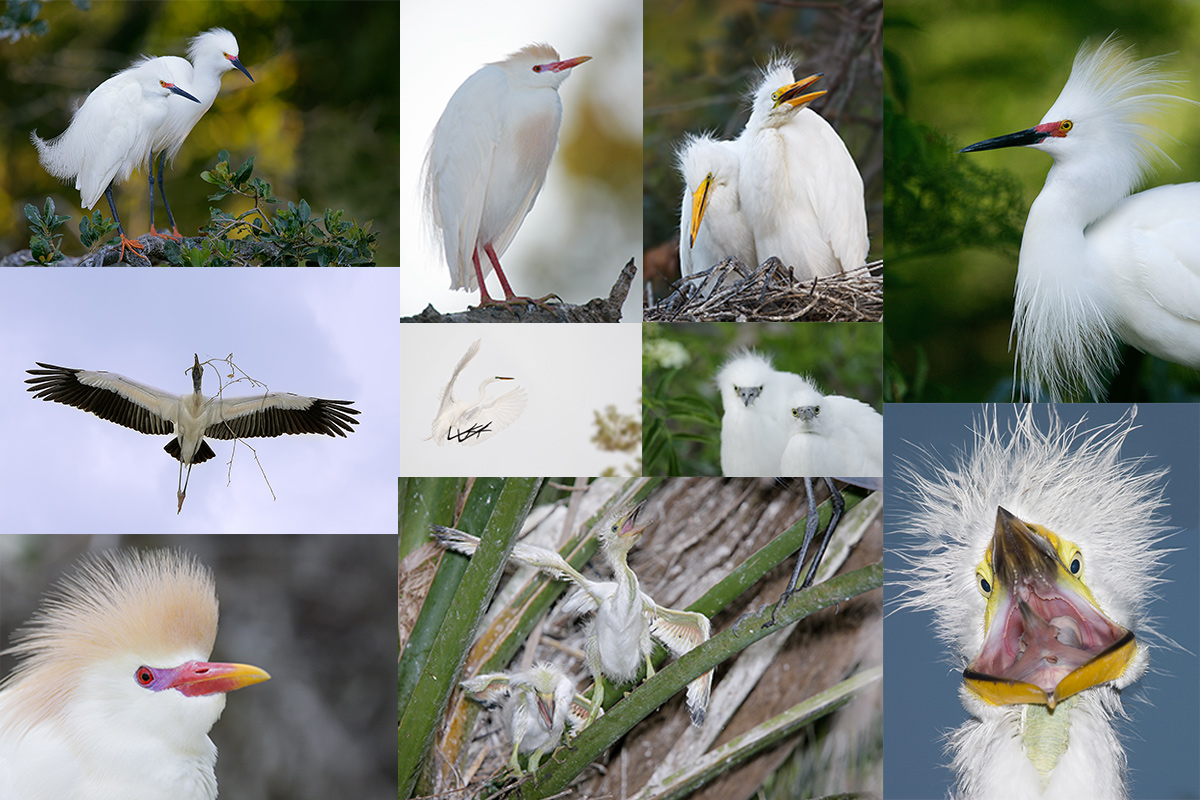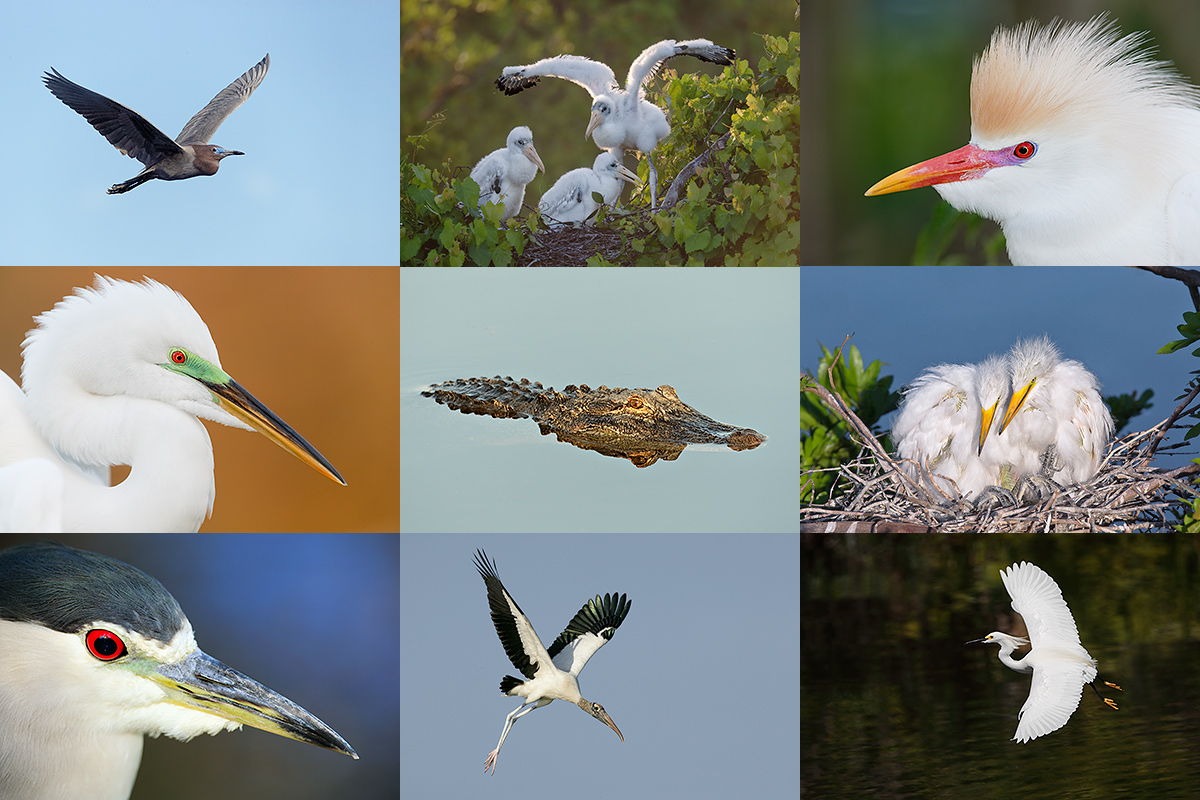The Streak Continues: 145
I published this post just after 7:00am Amsterdam time, about 1:00am on the east coast. We enjoyed another great morning at Keukenhof–the place is amazing, and then enjoyed a touch of Holland on our afternoon visit to Delft. Not to mention one of the best meals that any of us had ever enjoyed.
This post marks 145 straight days with a new blog post. With so many folks getting in the habit of using our B&H links and our Amazon logo-links why quit now? To show your appreciation for my efforts here, we do ask that you use our the B&H and Amazon affiliate links on the right side of the blog for all of your purchases. Please check the availability of all photographic accessories in the BIRDS AS ART Online Store, especially Gitzo tripods, Wimberley tripod heads, and the like. We sell only what I used, tested, and can depend on. We will not sell you junk. We know what you need to make creating great images easy and fun. And we are always glad to answer your gear questions via e-mail.
You can find the following items in the store: Gitzo tripods, Mongoose M3.6 and Wimberley heads, plates, low feet, and accessories, flash brackets, , Delkin e-film Pro Compact Flash Cards, LensCoat products, and our unique line-up of educational materials including ABP I & II, Digital Basics, Site and Set-up e-Guides, Canon and Nikon Camera Users and AF e-Guides, and MP-4 Photoshop video tutorials among others.
I would of course appreciate your using our B&H affiliate links for all of your major gear, video, and electronic purchases. For the photographic stuff mentioned in the paragraph above we, meaning BAA, would of course greatly appreciate your business. Here is a huge thank you to the many who have been using our links on a regular basis and visiting the BAA Online store as well.
This blog post took exactly 1 hour to create. Enjoy!
|
This image was created on the thankfully cloudy afternoon of April 21 at Kinderdijk, Holland with the Gitzo GT1542T Tripod, the Mongoose M3.6 head, Canon EF 70-200mm f/2.8L IS II USM lens, the Canon Extender EF 1.4X III (at 150mm), and the Canon EOS 5D Mark III. ISO 50. Evaluative metering +1 1/3 stops as framed: 1/8 sec. at f/13 in Av Mode. Color temperature: AWB. Central sensor only Rear Focus AF on the small red star and re-compose. Click here to see the latest version of the Rear Focus Tutorial. Click on the image to see a larger version. |
Round and Round…
The obvious choice when photographing a working windmill, that is, one with the blades rotating, is to play with blurs. It took lots of experimenting to come up with some workable techniques. The image above is a straight subject motion blur.
Thankfully Cloudy
Why thankfully cloudy? Two reasons. The main one: the windmill in this photograph was on the west side of a canal. Had it been sunny, the windmill would have been strongly backlit. At best, those difficult conditions would have required a totally different photographic approach. I am pretty sure that I would not even have tried…. In addition, working in low light makes creating pleasing blurs easier and makes for wider apertures at a given shutter speed thus resulting in fewer dust spots….
|
This image was also created on the thankfully cloudy afternoon of April 21 at Kinderdijk, Holland with the Gitzo GT1542T Tripod, the Mongoose M3.6 head, Canon EF 70-200mm f/2.8L IS II USM lens, the Canon Extender EF 1.4X III (at 150mm), and the Canon EOS 5D Mark III. ISO 50. Evaluative metering +1 1/3 stops as framed: 1/13 sec. at f/9 in Av Mode. Color temperature: AWB. Central sensor only Rear Focus AF on the small red star and re-compose. Click here to see the latest version of the Rear Focus Tutorial. Click on the image to see a larger version. |
Image Question
Put on your thinking caps and let me know how you think that I created the image above.
Your Favorite?
Please take a moment to leave a comment and let us know which of the two images here that you like best, and why.
A Guide to Pleasing Blurs
If you would like to learn more about creating pleasing blurs, check out “A Guide to Pleasing Blurs” by Denise Ippolito and yours truly. Illustrated with 144 different, exciting, inspiring, and artistic images the guide covers the basics of creating pleasingly blurred images, the factors that influence the degree of blurring, the use of filters in creating pleasing blurs, and a great variety of both in-the-field and Photoshop techniques that can be used to create the pleasingly blurred, out-of-the box images that do so well in major photographic compositions.
Canon Gear for Sale
Doug Bolt’s 400 DO sold yesterday. Doug is still offering a used EOS-5D Mark II in very good to excellent condition for $1199. There is a shallow scratch on the body and a faint smudge on the top LCD. The sale includes a RRS L-plate, a vertical grip, and the original box and all the stuff that came in it. The seller will pay shipping to US addresses only. This one is a great body for flowers and landscapes. Mine saved me on a Southern Oceans cruise when I trashed two EOS-1D Mark IV bodies in a rainstorm; it was a great back-up camera body. The item will ship only when the check clears.
Please contact Doug for additional info and/or a link to photos via e-mail or try him by phone at home: at 301-937-3112 or on his cell at 301-537-8073.
Another Used 400 DO For Sale
I will be offering a very well taken care of 400 DO lens for sale when I get back. If you are interested, please shoot me an e-mail. The lens is currently owned by Peter Kes.
|
All of the images created at the St. Augustine Alligator Farm and copyright Arthur Morris/BIRDS AS ART From top left clockwise to center: Snowy Egret pair in breeding plumage, breeding plumage Cattle Egret with fill flash, large Great Egret chicks in the nest, killer breeding plumage Snowy Egret displaying, flash-as-main light Great Egret chick happy to see mom, Little Blue Heron chicks, Cattle Egret breeding plumage head portrait, flash flight Wood Stork with nesting material, Great Egret landing at the nest, large Snowy Egret chicks. Click on the image to enjoy a larger version. |
St. Augustine Alligator Farm Short-Notice IPT. 3-FULL DAYS. Early entry/Late stay. May 5-7, 2014. Meet and greet at 8pm on Sunday May 4: $1299. Two Great Leaders: Arthur Morris and Denise Ippolito
This trip needs four to run.
Breeding herons, egrets, and Wood Storks. Eggs and chicks in the nest. Some fledged young possible. Breeding behaviors including displaying and copulations. Flight and flash flight. Great Egret, Snowy Egret, Little Blue Heron, Cattle Egret, Tricolored Heron, Wood Stork. Early May rocks at the Farm as the weather is usually gorgeous and there should be lots of both small and large chicks in the nest. And you avoid the possibly oppressive heat of June and July.
Includes in-the-field instruction, early entry, late stay, $5/person late-stay gratuity, informal, small group Photoshop and image review sessions. Three lunches.
Not included: your lodging, your St. Augustine Alligator Farm photographer’s pass ($79.95 for the year); we will be more than glad to pre-order your pass for you. Please let us know when you register.
What you will learn:
How to see the good situations.
How to best avoid the clutter of a rookery by choosing the very best perspective.
How to properly evaluate the histogram and come up with the right exposure every time after making a single test exposure
How to see and understand the light.
How to to design pleasing images by mastering your camera’s AF system.
Why you must work in Manual mode 95% of the time when photographing at a rookery and how to do it.
How to evaluate and process your images.
Via intensive instruction how to use fill flash flash as main light, and Manual flash.
Flash flight techniques including the necessary use of high speed sync.
And tons more.
Please call Jim or Jen at 863-692-0906 to hold your spot with your non-refundable $299 credit card deposit and then put your check in the mail along with your signed registration form; you can find the form here.
Suitable airports: Jacksonville (JAX), Daytona Beach (DAB), Orlando MCO).
We look forward to seeing you in the nation’s oldest city for three days of fun and learning.
|
Join me at Gatorland for a ton of learning. If you want to learn to use your flash, you will not want to miss this one. Click on the composite image to enjoy a larger version. Click on the composite to enjoy the larger size. |
The Gatorland Short Notice Saturday Full-Day In-the-Field Workshop
Saturday May 3, 2014. 7:15am till 10:15am & 4:00pm till dusk. Lunch, image review, and Photoshop session included. Limit 6. A very small group is again likely: $399.
The cost of your Gatorland Photographer’s Pass is not included.
Chicks in nests likely. Breeding plumage Cattle and Snowy Egrets. And tons more. You will learn to spot the good situations, to choose the best perspective, to see and understand the light, to get the right exposure every time after making a single test exposure, and to design pleasing images by mastering your camera’s AF system. A big part of the above is that you will learn how and why you must work in Manual mode 90% of the time at Gatorland.
At lunch we will review my images, take a look at five of your best images from the morning session (for those who opt to bring their laptops), and process a few of my images in Photoshop after converting them in DPP. That followed by Instructor Nap Time. Last Saturday all 3 folks had a great time and learned a ton.
Payment in full via credit card is due upon registering. Please call Jim or Jennifer at 863-692-0906 to register.
Support the BAA Blog. Support the BAA Bulletins: Shop B&H here!
We want and need to keep providing you with the latest free information, photography and Photoshop lessons, and all manner of related information. Show your appreciation by making your purchases immediately after clicking on any of our B&H or Amazon Affiliate links in this blog post. Remember, B&H ain’t just photography!
….. …..
Typos
In all blog posts and Bulletins, feel free to e-mail or to leave a comment regarding any typos, wrong words, misspellings, omissions, or grammatical errors. Just be right. 🙂


















5 multi on 5D III
Partly correct 🙂
The second image can be made by loading multiple shots of the windmill into layers in Photoshop and setting the opacity of the layers appropriately to get the image. For 5 images, setting the four top layers about 25% each works well. Don’t know if this is how Artie did it.
The 2nd image was made in-camera :).
Hello Artie,
For the second image I believe you have done an in camera HDR with multiple exposure(5 frames I think – there is sort of every blade overlapping 5 times). I like the second image, since I never saw something like that before. Thanks for these images!!!
Naveena
Hi, Artie. I have no idea how you made the second image. I like them both but prefer the first for the contrast between the extreme sharpness of the tower and the blurred blades. I have done similar with farm windmills in the western US. I was looking through old photos and I discovered blurs I’d made when I was in my teens (about when you were in your teens, plus a couple years). I even like some of them….
My first thought was that since you used the 5D III you did in camera multiple exposures. I’ve never tried that with my 5D III so I don’t know exactly how it works but the exposure bothers me.
They are both shot at the same ISO, the shutter speed is about one stop faster in the multiple exposure and the f/stop is one stop open so the exposure should be the same. If the image is like “double exposures” back in the film days I would expect it to be over exposed as there are about a half dozen exposures in a single image. But if the camera handles it in the same way it combines images for the in camera HDR there could be a group of correctly exposed images combined and kept at the correct overall exposure. The blades in the second image are much lighter than in the first image probably due to the fact they are not in the same location for the several exposures.
Got to get the 5D3 and your guide and do some reading.